
On 3rd December 1971, Pakistan Air Force launched an air strike on 11 Indian Air Force station, settting off bitterness between the two neighbours. The day also remembers India’s entry into the liberation war being fought in East Pakistan, which is now Bangladesh.
The war went on for 13 day, ended with the surrender of 90,000 Pakistani troops, the largest surrender by an Army since World War-II. India won the war significantly, breaking Pakistan into two, with the formation of Bangladesh.
During the war, nearly 3,900 Indian soldiers were killed and 10,000 injured, with many left of suffer from life-long disabilities.
Five heroes whose unforgettable contribution led to the decisive win:
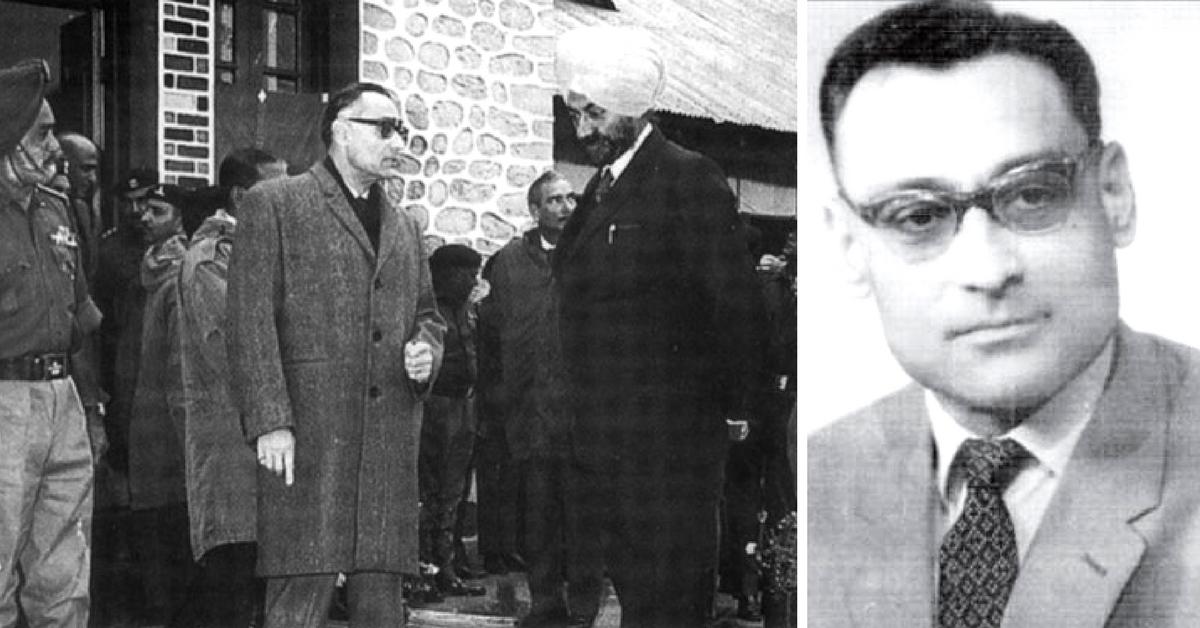
RN Kao:
Rameshwar Nath Kao who led the ‘Kao boys’ is known as the archtect of Bangladesh for his part in the 1971 war. Kao was then the head of Research and Analysis Wing (RAW).
While the war was a military win and credit goes to the Army, Air Force and the Navy, Kao was the one working off stage and under whose guidance, The Raw vigorously assisted Mukti Bahini, the Bangladesh forces, to win over West Pakistan.
The RAW drilled over 1 lakh East Pakistanis, who fought for their freedom with the help of Indian Army.
General Ziaur Rahman, Bangladeshi President from 1977-1981, told then Prime Minister of India Indira Gandhi that “this man (Kao) knows more about my country than me”.
Interestingly, two years before the 1971 war, Koa had told Gandhi to be ready for Pakistan’s partition.
While, many was of the view that a united Pakistan was best for India’s interest, it was kao who stimulated Gandhi and others to exploit the freedom movement in East Pakistan.
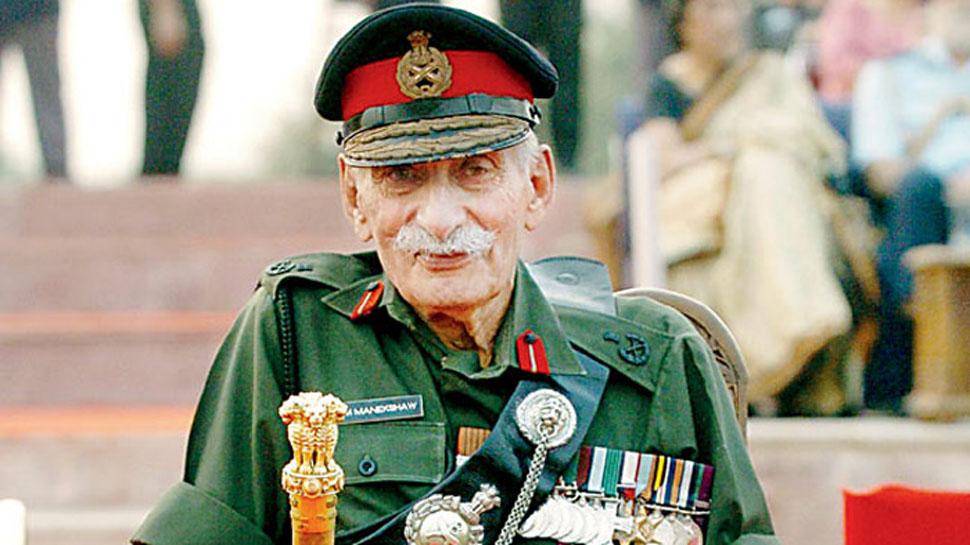
Field Marshal Sam Manekshaw:
Sam Manekshaw was the chief of the Indian Army at that point, he played an important part in delivering India its win in the 1971 war.
In April 1971, Indira Gandhi wanted the Indian Army to go into East Pakistan. Manekshaw, however, said to Gandhi that the Army was not yet prepared. He asked for a few months time to get ready and Gandhi welcomed his plea.
During the same month, the Indian Army, however put in place a nuber of operations in East Pakistan, which included helping the RAW train the Mukti Bahini.
Around three brigades of Bangladesh troops were drilled along with thousands of guerrillas the eventually fought the Pakistan Army. Manekshaw was also adorned with the Padma Vibhushan and Padma Bhushan.
In 1973, Sam Manekshaw became the first officer of independent India to be honoured with the rank of Field Marshal.
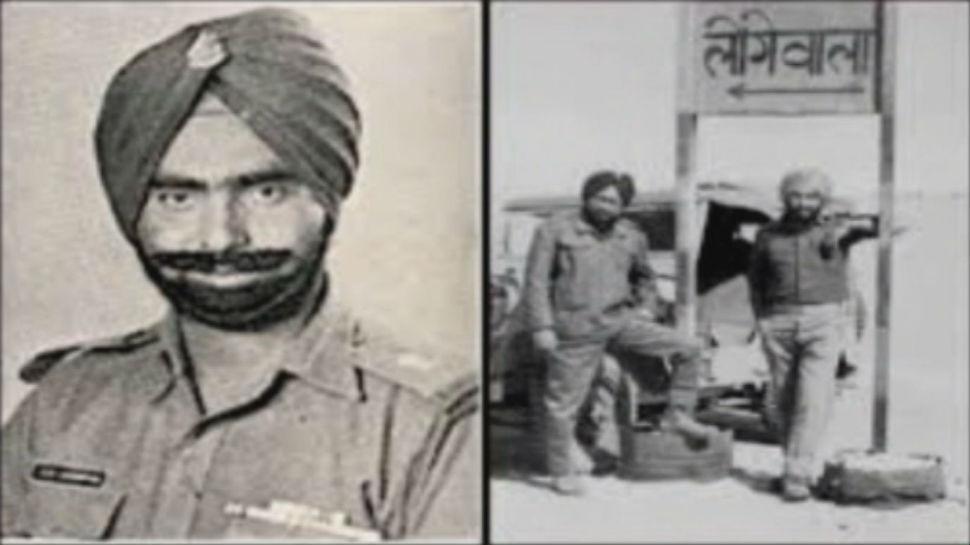
Brigadier Kuldeep Singh Chandpuri:
Brigadier Kuldeep Singh was a Major in the Indian Army during the 1971 war. His bravery in the battle of Longewala will forever be remembered in the history of Indian Army.
In the war, Kuldeep Singh was heading a small group of just over 100 troops but had fearlessly defended the longewala border post by fighting nearly 2,000 Pakistani troops who had over 40 tanks.
The small group of soldiers led by Kuldeep Singh stood in the way of Pakistan’s attempt to cross the longewala post for the whole night on 4th December.
He was later decorated with Maha Vir Chakra for his exceptional leadership during the war. The 1997 film Border was based on the battle of longewala.
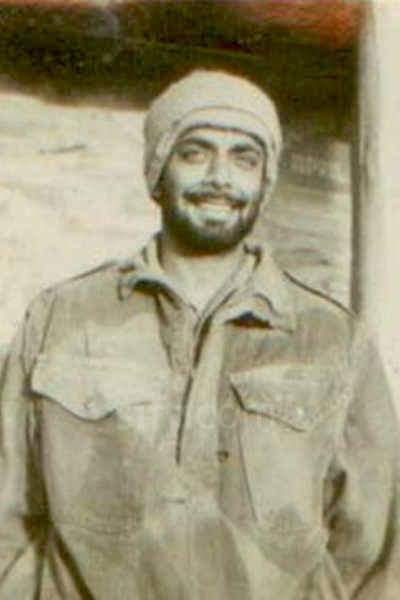
Major General Ian Cardozo:
Major General Ian Cardozo was a young Major with the 4/5 Gorkha Rifle when the war started. His battalion’s second in command was killed in action and Cardoza was asked to take his place. Cardozo also took part in the Indian Army’s first heliborne operation.
Towards the end of the war, Ian Cardozo stepped on a mine and was badly injured. Because of non availability of proper medical care, his leg was not amputed surgically. Because of the fear of gangrene spreading in his body, he used his own kukri (knife) to ampute his leg.
He was the first war disabled officer of the Indian Army to command a battalion and a brigade.
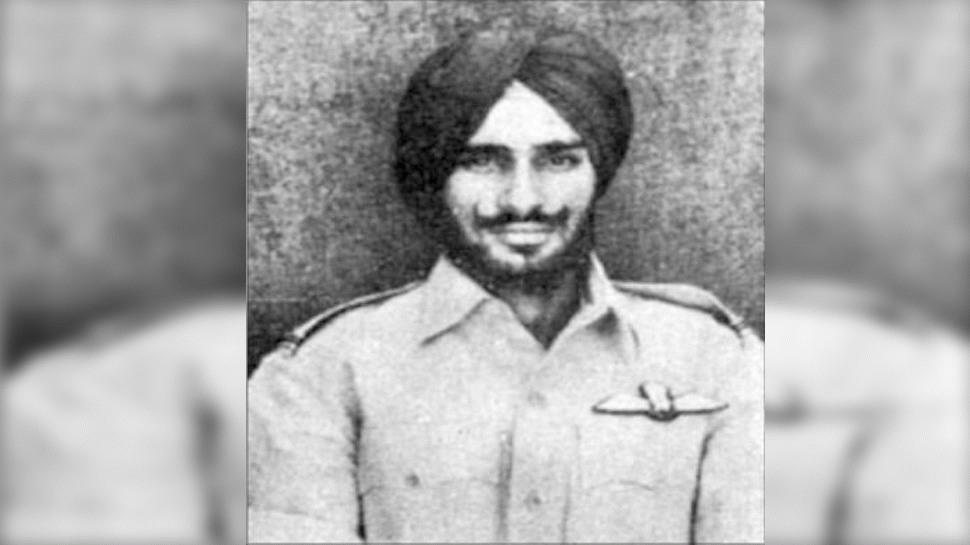
Flying Officer Nirmal Jit Singh Sekhon:
He is the only Air Force officer to be adorned with the Param vir Chakra. He was a pilot of a Gnat detachment based in Srinagar.
Form the beginning of hostilities between the two nations, he and his colleagues defended successive attack of Pakistani aircraft. On 14th December 1971, Srinagar airfield was under attack by six enemy Sabre aircraft. Sekhon, who was on duty, took off instantly and engaged a pair of the attacking Sabres.
During the combat, he secured hits on one aircraft and set another ablaze. By this time the other aircraft came to the rescue and Sekhon’s Gnat was once again outnumbered, this time by four is to one.
Sekhon, however, engaged the enemy alone. In the combathe was eventually overcome by weight of numbers. His aircraft crashed and he was killed, his citation read.
Also Read: Vijay Diwas: History and timeline of 1971 Indo-Pakistan war
First published: 12 December 2019, 16:03 IST

